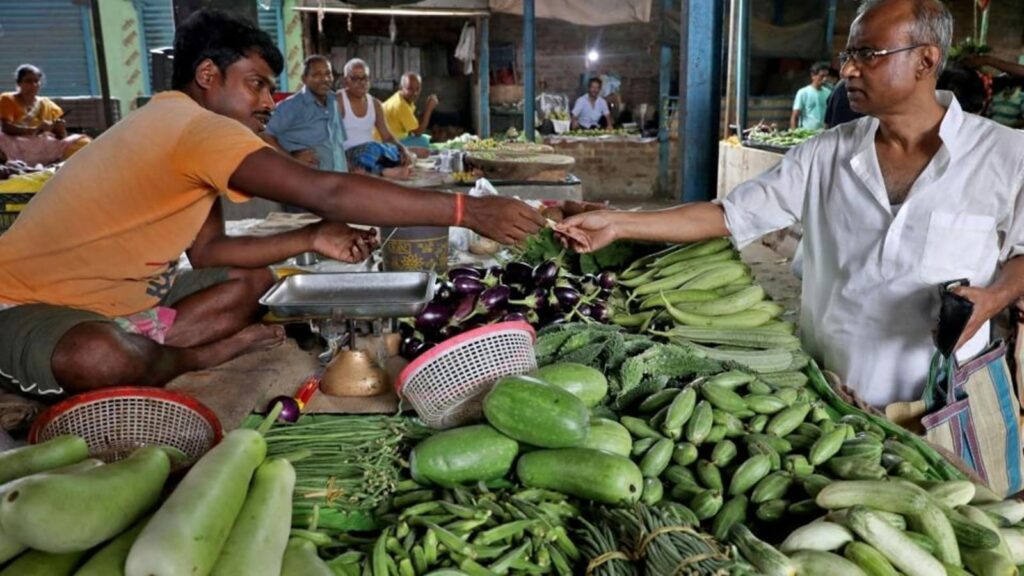A vegetable price shock has sent India’s benchmark inflation rate to a 15-month high of 7.4% in July. The jump in headline inflation came despite a moderation in core inflation, which measures the non-food non-fuel part of the Consumer Price Index (CPI) basket. What does one make of the latest numbers? Three key takeaways; short-, medium- and long-term can be listed. Vegetable prices should cool down in a month or two and so will the associated tailwinds to headline inflation. In other words, there is no reason to panic. However, prices of other key food items, such as cereals and pulses, continue to rise at an uncomfortable pace. This means that the goal of bringing CPI close to the Reserve Bank of India’s target of 4% will not materialise anytime soon.
High food inflation is more painful for the poor. The former spends a much greater part of their incomes on food. This is bound to generate political anger. Given the fact that elections are less than a year away, one should expect more intervention by the government in food markets. Farm incomes, thanks to the government’s efforts to contain prices, will be a collateral damage here. In the textbook world of inflation targeting, high inflation is taken as a sign of an overheating economy, where short-term production capacity cannot cater to demand. It can be solved by a demand shock in the short- term and production augmenting investment in the long-run. The present spike in inflation is more a sign of an overheating planet than the economy. As the climate crisis inflicts more and more extreme weather events, agricultural supply chains will be held hostage to a crisis which is beyond the tools available at the disposal of monetary policy.

